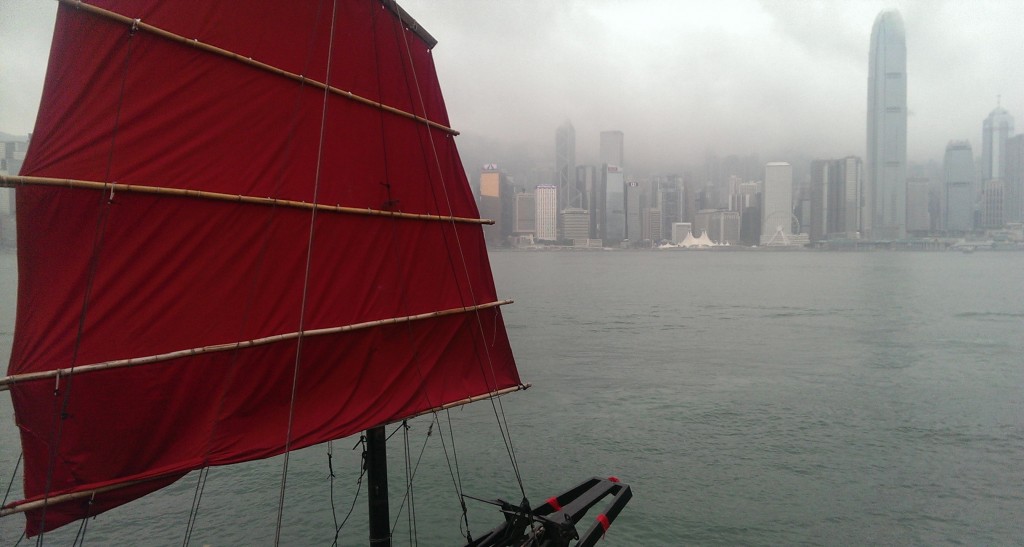In this Blog Post, Dr Allan Pang, Postdoctoral Research Associate at Bristol, introduces his public history work on ‘Malaysia Unbound’…
 Poster of the Malaysia Unbound campaign (Design by Dennis Ong)
Poster of the Malaysia Unbound campaign (Design by Dennis Ong)
For decades, ideas and culture have flourished across the boundaries of Malaysia. The culture, knowledge, and even politics one can find in the country have been shaped by transregional connections over the past few centuries. Many academic historians would not be surprised by the legacies of these transregional ties. However, official histories in Malaysia, including those found in current curricula and textbooks, remain dominated by ideas of cultural essentialism and ethnonationalism.
Since January 2025, I have collaborated with Imagined Malaysia, a Malaysia-based NGO, and started a public history campaign titled ‘Malaysia Unbound: Transregional Histories through Documents’. The campaign aims to enable the Malaysian public to explore their history through transregional and inclusive perspectives. As stated on the Imagined Malaysia’s official website, the ultimate goal of the campaign is to ‘strengthen public understanding that official categories of race, culture, nation are political constructs of very recent origin, and consider how people have historically navigated and transcended the boundaries that separated them’. We hope to democratise the discipline of history and enable the public to think critically about Malaysian history beyond the official lens.
The main programme of the campaign features infographics on Imagined Malaysia’s social media (Facebook; Instagram). In 2025, we produced six sets of infographics, each featuring a theme in Malaysia’s transregional history. Each social media post introduces one (or a small set of) historical document(s), ranging from more conventional archival documents to unconventional items such as songs, visuals, and oral records. We began the first set of infographics with the theme ‘languages and prints’. The first post features Alamat Langkapuri, the world’s first Jawi newspaper (Jawi is the Arabic script of today’s Malay language). Instead of beginning in the Malay peninsula, this newspaper emerged in Colombo, Ceylon (present-day Sri Lanka). By starting the campaign with a historical item beyond today’s Malaysian borders, we hope to challenge the public perceptions of the Malay press and language in history.
 The campaign’s first set of infographics – introducing Alamat Langkapuri, the world’s first Jawi newspaper (Research by Loong Dien Min; design by Dennis Ong)
The campaign’s first set of infographics – introducing Alamat Langkapuri, the world’s first Jawi newspaper (Research by Loong Dien Min; design by Dennis Ong)
Part of our infographics also explores Malaysia’s connections with the Chinese-speaking world. In the series on ‘popular culture’, we introduce Malaysian singer Cheng Kam Cheong and his Cantonese pop music (Cantopop). Challenging the common perception that Cantopop originated in Hong Kong and spread to Chinese overseas communities in Southeast Asia, we show that its popularity partly originated in Malaysia: Cheng was the one who created a wave of Cantopop in Hong Kong!
 The infographics on Cheng Kam Cheong and his song ‘The Big Boss’ (Research by Allan Pang; design by Dennis Ong)
The infographics on Cheng Kam Cheong and his song ‘The Big Boss’ (Research by Allan Pang; design by Dennis Ong)
Another crucial part of the campaign is an interactive map. We hope to visualise Malaysia’s transregional connections and showcase the country’s intertwined histories with other parts of the world. We embed content from our social media posts into the map, and users will be able to find further information about the historical ‘documents’, such as links to the original documents and YouTube videos that introduce the historical context, or simply play a song! We are currently planning to redesign the map’s interface. With the possibility of additional resources, we hope to showcase an even richer, more dynamic visualisation of Malaysia’s transregional networks to the public!
 Current interface of the interactive map
Current interface of the interactive map
‘Malaysia Unbound’ also features in-person public events. Apart from the in-person launch in January, 15 June was another big day for ‘Malaysia Unbound’! In conjunction with the exhibition ‘Oceans that Speak’ at the Islamic Arts Museum Malaysia, we organised a public roundtable ‘Oceans Unbound: Connecting Ideas, Artefacts, and Archives’. It features not only historians but also curators, archivists, and public scholars. Through these diverse perspectives, we shared and exchanged ways of looking at Malaysia’s transregional history, including through museum exhibits, the origins of the Malaysian nation, and ice cream wrappers(!). The roundtable is available online via the museum’s YouTube channel:
- Part I: https://youtu.be/lSgpwN0XGUo?si=gBl9h3OBmk_-DbwA
- Part II: https://youtu.be/FeE70rizNTo?si=1WhMGlFD_5UbKrG5
- Part III: https://youtu.be/0ESO2-1sygc?si=lgytGGGCPDXGymp5
- Part IV: https://youtu.be/_AABlniGsEw?si=zwhLnWwQVRYYsJ-w
- Part V: https://youtu.be/6AzYKtqY3Po?si=UOdyPTSTDcqdujH8
 The roundtable ‘Oceans Unbound: Connecting Ideas, Artefacts, and Archives’ on 15 June 2025
The roundtable ‘Oceans Unbound: Connecting Ideas, Artefacts, and Archives’ on 15 June 2025
As a historian, I have been researching the development of history education in Malaysia (and also in Singapore and Hong Kong). To many scholars, it is no surprise that the history curriculum and textbooks in Malaysia today remain far from a multicultural and inclusive perspective. However, we need ways to turn this scholarly awareness into actual actions that address this issue. ‘Malaysia Unbound’ is my first opportunity to collaborate with a public organisation and bring my research into dialogue with Malaysian society. It has been fulfilling to talk to our participants, knowing how our social media posts and events enriched and transformed their understanding of Malaysian history.
Nevertheless, helping the public to be aware of this transregional and inclusive history is only our first step. To democratise the discipline of history, we hope to enable the public to write their own histories beyond official narratives. In 2026, we plan to continue this collaboration and further expand this campaign. Stay tuned and look out for updates from Imagined Malaysia’s social media!
If you’d like to contact Allan, you can do so on allan.pang@bristol.ac.uk. You can also follow Imagined Malaysia on Instagram.

